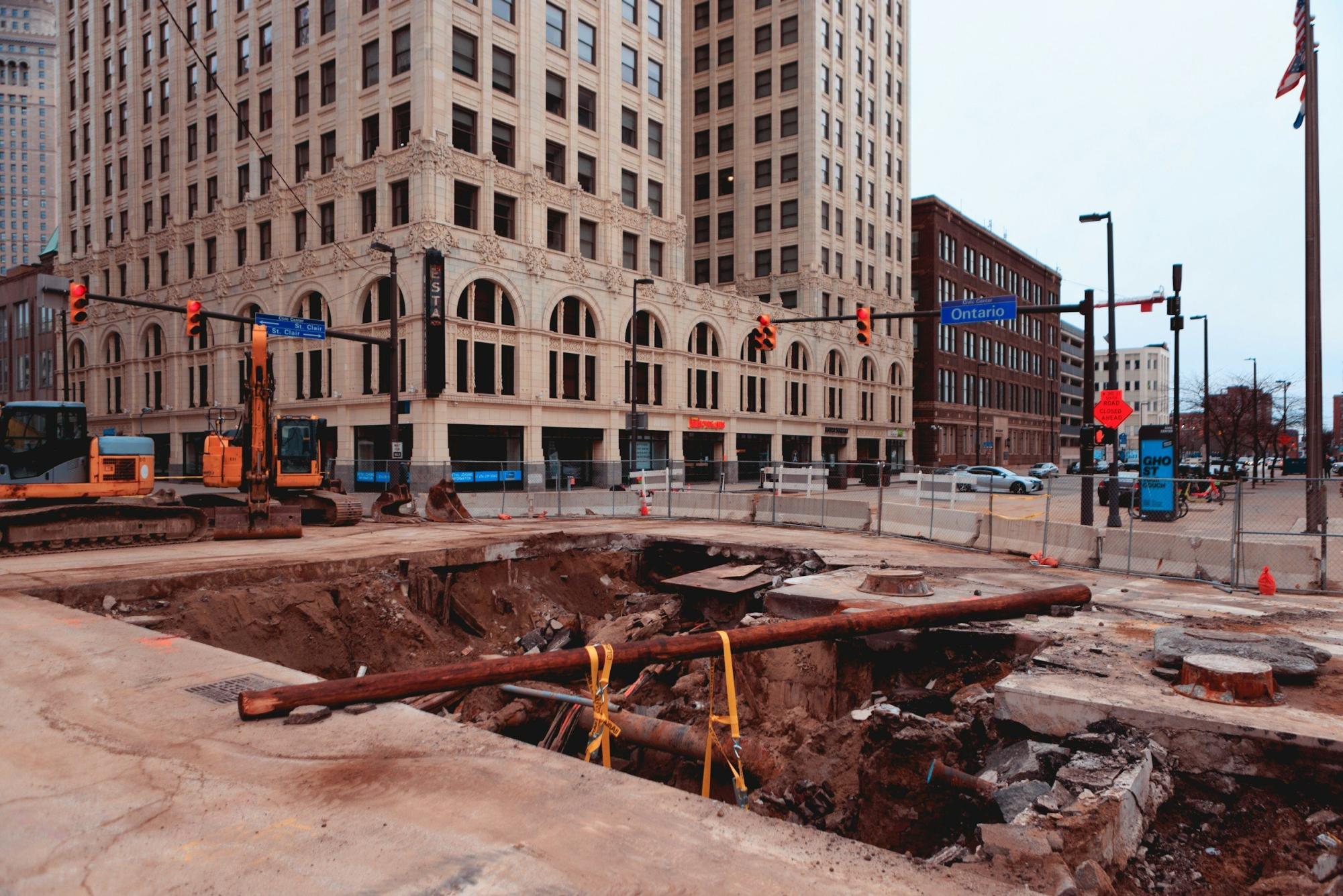Students who are registered to vote in Ohio will be able to go to the ballot box through May 6 to have their voices heard during a special and primary election. This election primarily concerns a renewal of Issue 2, which seeks to reauthorize the Ohio Public Works Commission’s State Capital Improvement Program. The program has been in effect since 1987 and has been authorized by voters in 1995, 2005 and 2014 through a series of changes to the state constitution. This year’s reauthorization seeks to allow the state to issue $2.5 billion in bonds to fund local and county-level infrastructure programs.
Students who registered to vote at their on-campus housing address will be able to vote in-person at the Cuyahoga County Board of Elections from April 8 to Sunday, May 4.
Over the past 10 years, Cuyahoga County—where Case Western Reserve University is located—has enjoyed $215.6 million in funding from this measure. Of that, Cleveland received $9 million last year and $8 million in 2023. The Greater Cleveland RTA was awarded $2 million to fix a bridge across the East 116th–St. Luke’s station, which crosses the Blue and Green Lines in the Buckeye–Shaker neighborhood.
Throughout the Ohio statehouse, this ballot measure has not only widespread support but also a relatively seamless approval process. The Ohio Ballot Board, which certifies and approves language used in ballot issues, approved both the language and the official explanation for and against Issue 2. This stands in contrast to previous ballot initiatives, such as the most recent Issue 1 on redistricting, which drew criticism for its contentious and politically charged phrasing.
Only one member of the Ohio Senate and four members of the General Assembly—all Republicans—voted against House Joint Resolution 8, the measure that created this amendment. The official ballot argument against Issue 2 was written by the Ballot Board, as no one submitted an argument against the measure.
A long list of commerce chambers, professional organizations, planning authorities, water and sewer districts and associations of towns, cities and leaders of local governments have supported the amendment. These groups have formed the “Yes 2 Build Ohio” Coalition to advocate for the ballot measure. One of the main organizations against the amendment comes from the conservative Grassroots Freedom Initiative, calling on Ohioans to vote down the “stealth bond issue.”
“The Ohio primary election is May 6, making it a bit more challenging for CWRU students to vote, given the semester schedule. However, CCEL and CWRUVotes are here to help,” said Besty Banks, director for the Center for Civic Engagement and Learning, in a written statement to The Observer about how CWRUVotes is supporting students who wish to participate in the election.
To support student participation, Banks explained that CWRUVotes is organizing several efforts to make voting more accessible for CWRU students. She said, “CWRUVotes will be tabling with Ohio absentee ballot request forms, which are due to the board of elections by April 29 (we encourage students to send their request sooner, since completed ballots must be postmarked no later than May 5). Currently, early in-person voting is underway, and CWRUVotes will be providing several trips to the Cuyahoga County Board of Elections for registered students to vote in-person or to drop-off their completed absentee ballots. On Election Day, we are also hosting several van trips to nearby polling locations. To register for a trip, students should visit CCEL’s CampusGroups page.”
She also said, “We welcome students to stop by CCEL (Tink #165) for assistance with absentee ballot requests and voting-related questions.”



